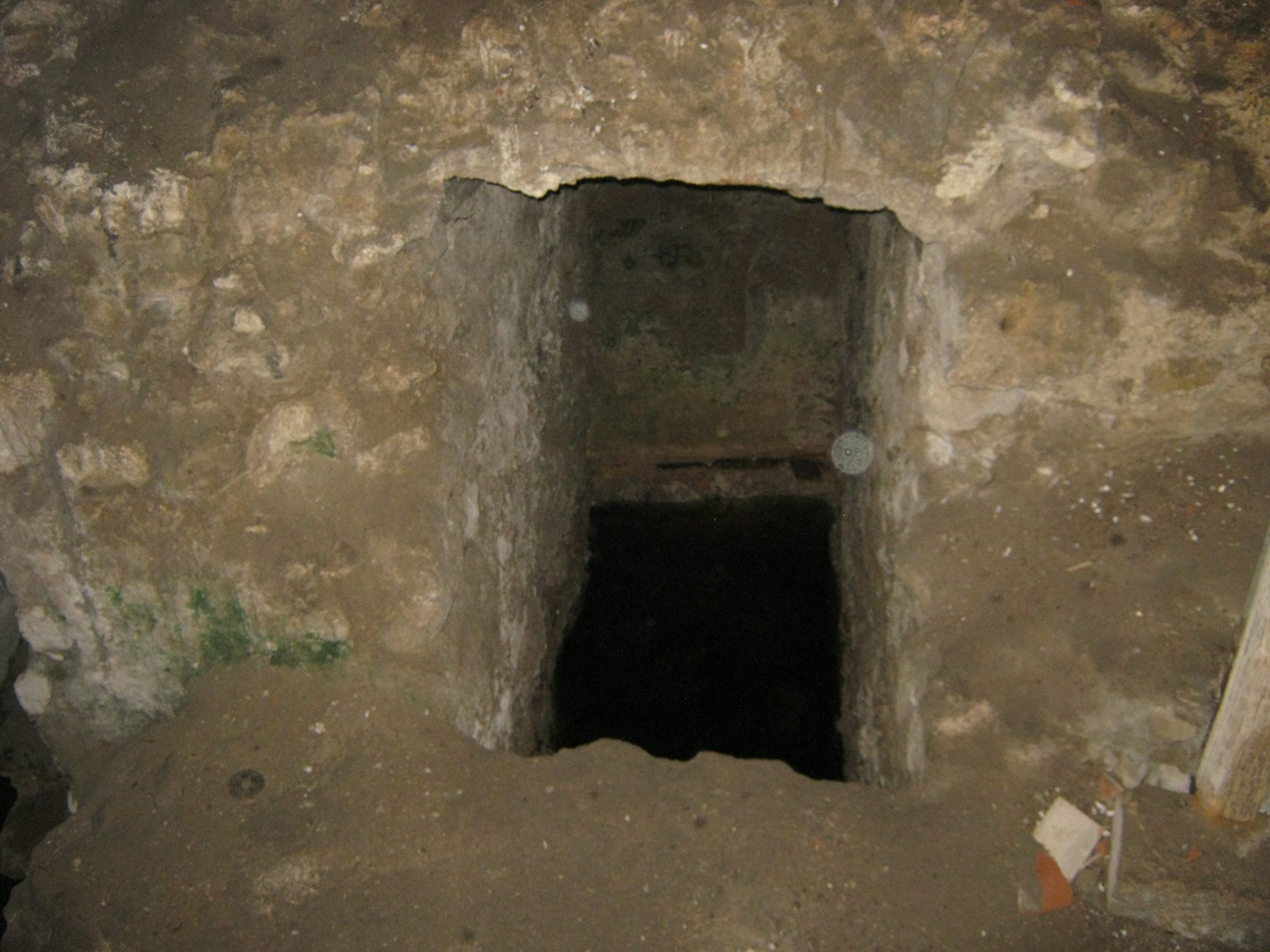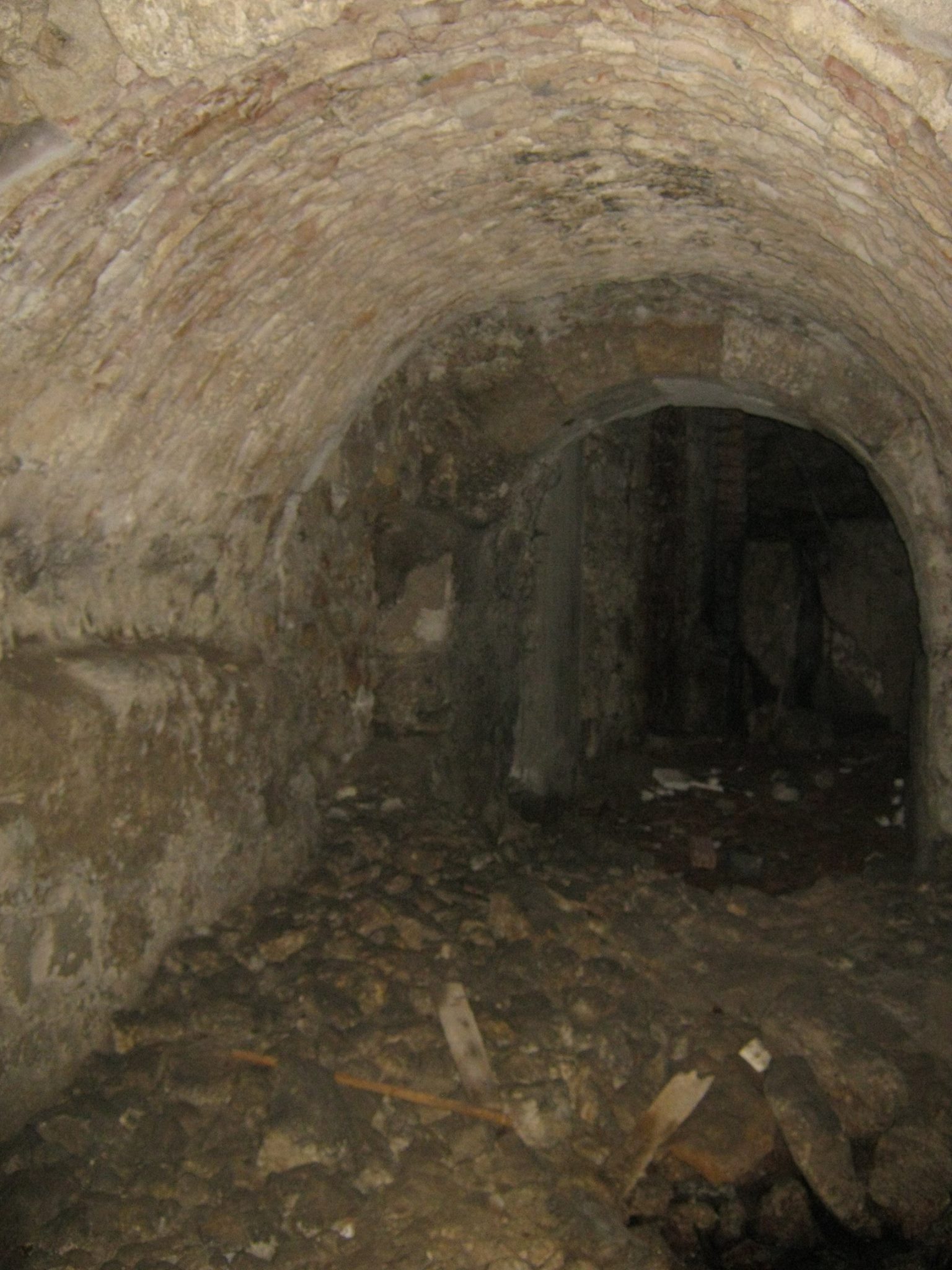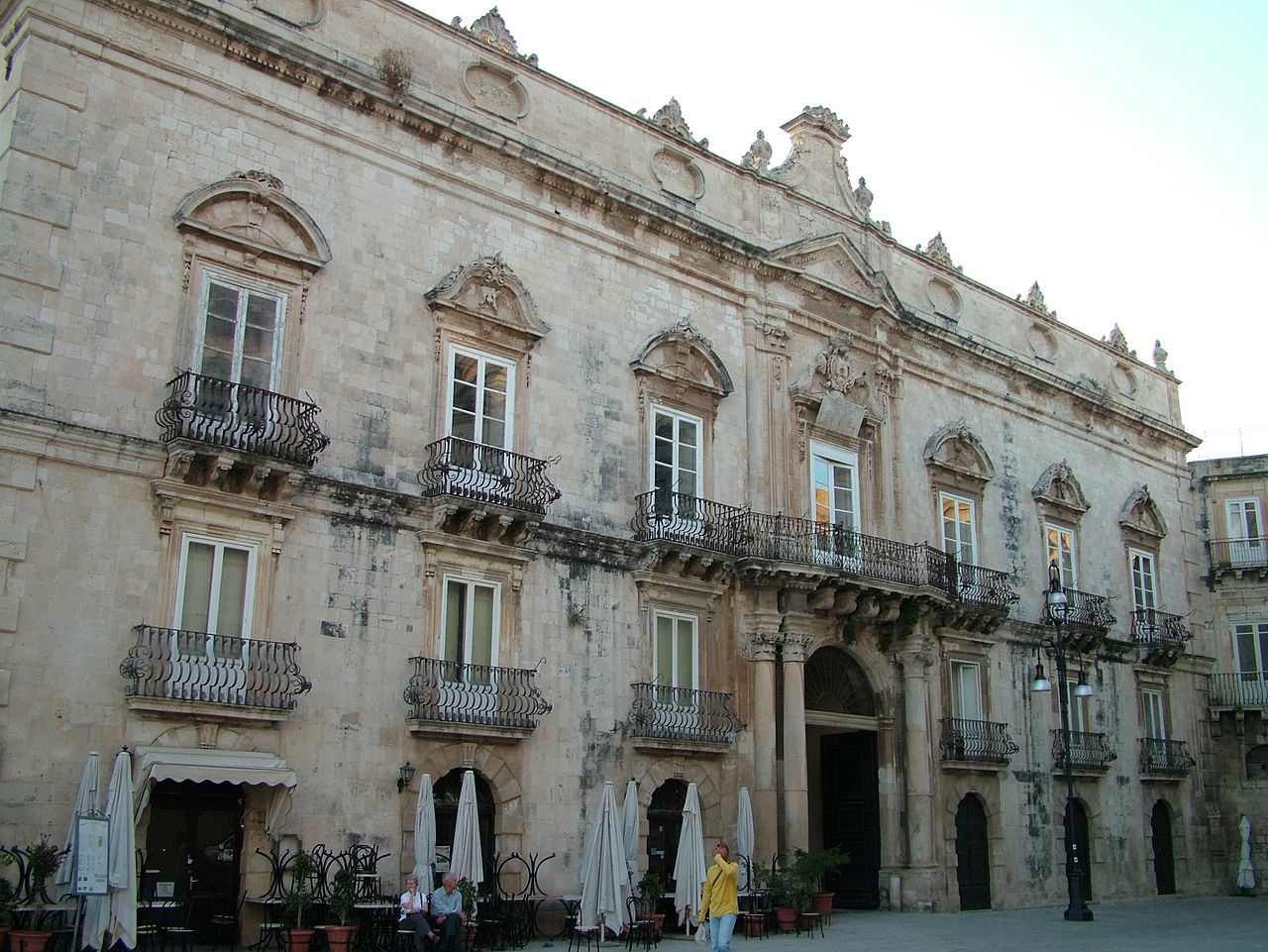“Ruins of a building, with steps and underground galleries, called the Agatocle House of sixty beds” – Thus described in 1883 by Cavallari the discoveries catalogued in the site that today unfortunately is hidden under the foundations of a condominium building at n° 96 di via Pasubio in the Borgata area just a few steps from Ortigia.
Later, in 1925, the archaeologist Paolo Orsi, in a chapter on the Greek necropolis of the seventh-sixth century on the cliff of Akradina speaks of a site, almost completely unknown even to many insiders, writing: “the so-called House of sixty beds, in Santa Lucia, which until a decade ago was in the open countryside, is a mysterious building rather Roman than Hellenic, it seems to me that it is a workshop, in which it was installed in the times of decay a Christian tomb. However, by making some readjustments, I was recently reminded of a very important fact: that is, in the deep layers an archaic tomb dug into the rock and which miraculously still preserves some of the characteristic bronze nails. So we have another stronghold, perhaps the southern limit of the archaic necropolis, whose extension thus grew significantly, and was to contain several and many hundreds of tombs.

Those ruins that so much enthusiasm arose first on Cavallari, to the point of identifying the location of the sumptuous palace of the Tyrant Agathocles (hence the attribute of “House of the sixty beds”) and then to Paolo Orsi who, having carried out more in-depth studies, identified the pre-existing burial destination (VII – VI century BC).C.) and then (after the fourth century, a time when Agathocles probably ruled not only in Siracusa but throughout the Mediterranean area) the reuse in Roman times.

THE HOUSE OF THE SIXTY BEDS IS UNFORTUNATELY NOT ACCESSIBLE.



